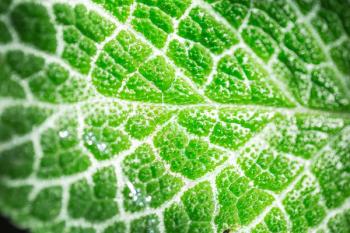
Studying Bismuth Atomic Lamps for Enhanced Atomic Fluorescence Spectrometry
Researchers have compared two types of bismuth atomic lamps for atomic fluorescence spectrometry (AFS) and found that the electrodeless discharge lamp (EDL) exhibited significantly higher sensitivity and lower detection limits compared to the boosted discharge hollow cathode lamp (Superlamp).
In a recent study, researchers compared the performance of two types of radiation sources, namely the electrodeless discharge lamp (EDL) and the boosted discharge hollow cathode lamp (Superlamp), for atomic fluorescence spectrometry (AFS) using bismuth as a model analyte (fluorescence lines at 222.8 nm and 223.1 nm) (1). EDL exhibited significantly higher sensitivity, with an order of magnitude improvement over the Superlamp, resulting in lower detection limits and highlighting its potential for enhanced analytical applications. This work was published in Spectrochimica Acta Part B: Atomic Spectroscopy (1).
To quantify and detect trace elements, atomic fluorescence spectrometry is the best analytical technique most suitable for this purpose (1). In this study, bismuth was the element the researchers studied closely because it is an integral part of applications in environmental and clinical analyses (1). The researchers compared the performance of the EDL and Superlamp as radiation sources in the AFS setup (1).
The researchers explored the duty cycle, applied currents (primary and boost), and proper focusing on the flame atomizer. This was all done to optimize the operation parameters (1). The EDL demonstrated superior sensitivity, with the optimized parameters leading to an approximately ten-fold higher radiation intensity compared to the Superlamp (1). This enhanced sensitivity translated into lower limits of detection, with the EDL achieving an impressive 1.5 picograms, while the Superlamp exhibited a detection limit of 11 picograms (1).
This study is important for the field of atomic fluorescence spectrometry. The higher sensitivity offered by the EDL opens up opportunities for improved detection capabilities, which can be advantageous in applications where low concentrations of analytes need to be accurately quantified (1).
The research conducted by the Czech research team sheds light on the performance of different bismuth atomic lamps in AFS, highlighting the potential of the electrodeless discharge lamp as a favorable radiation source for enhanced sensitivity (1). These insights contribute to the advancement of analytical chemistry techniques and offer valuable considerations for researchers and scientists working in the field of atomic fluorescence spectrometry.
Overall, this comparative study provides valuable information for scientists seeking to optimize their AFS setups and improve the detection of trace elements, ultimately supporting advancements in environmental monitoring, clinical diagnostics, and other fields where accurate trace element analysis is crucial.
Reference
(1) Štádlerová, B.; Dědina, J.; Musil, S. Comparison of bismuth atomic lamps for a non-dispersive atomic fluorescence spectrometry. Spectrochimica Acta Part B: At. Spectrosc. 2023, 205, 106692. DOI:
Newsletter
Get essential updates on the latest spectroscopy technologies, regulatory standards, and best practices—subscribe today to Spectroscopy.





